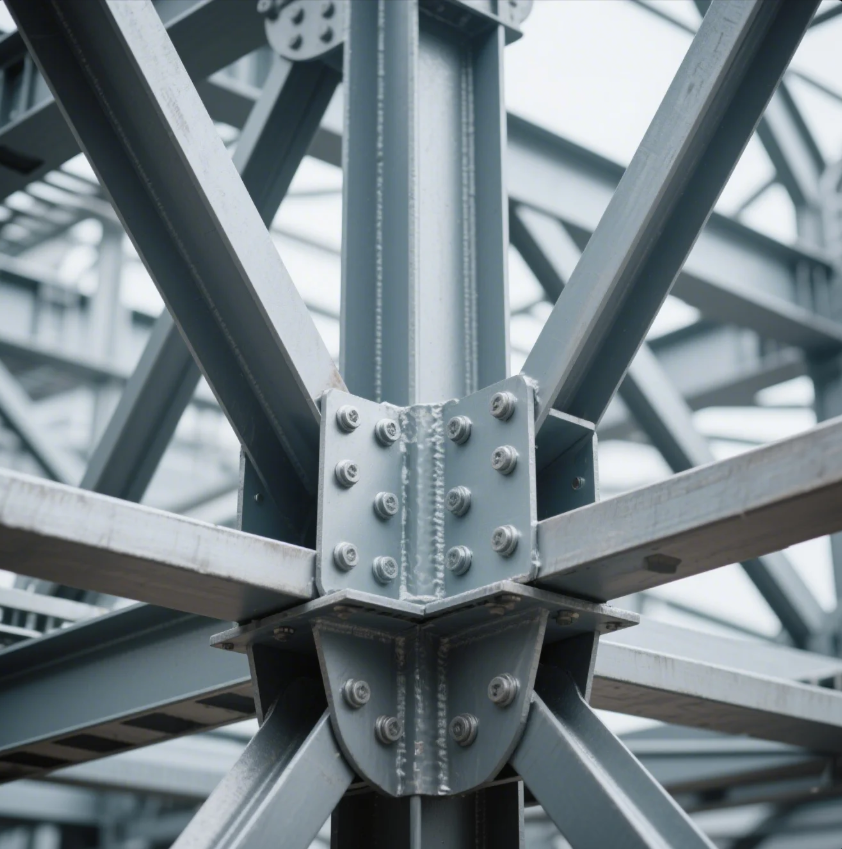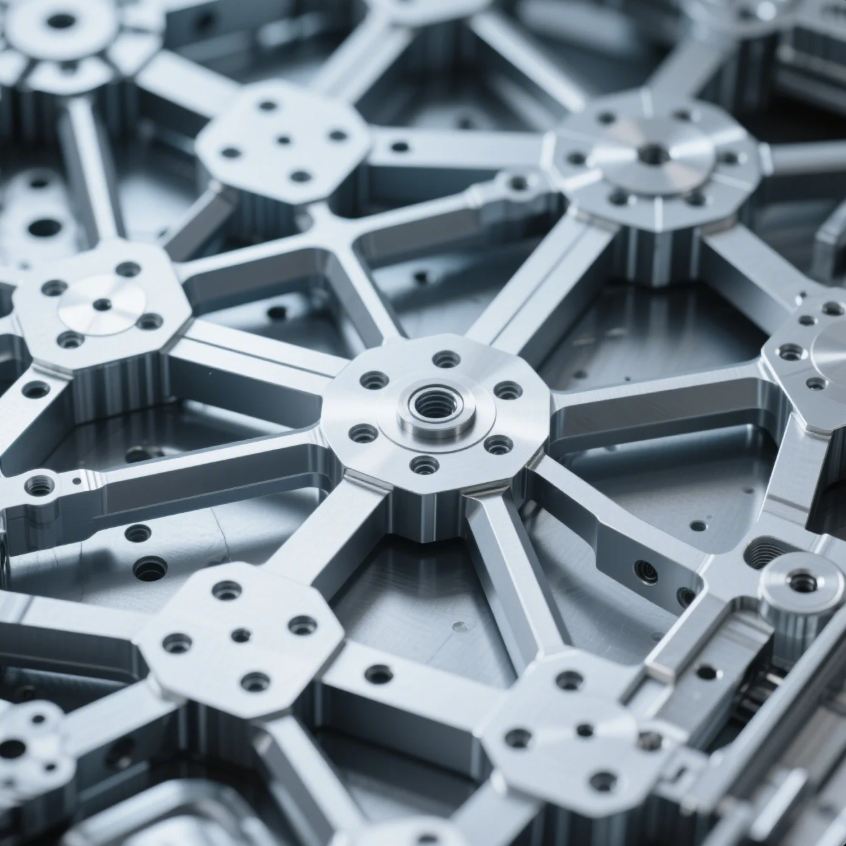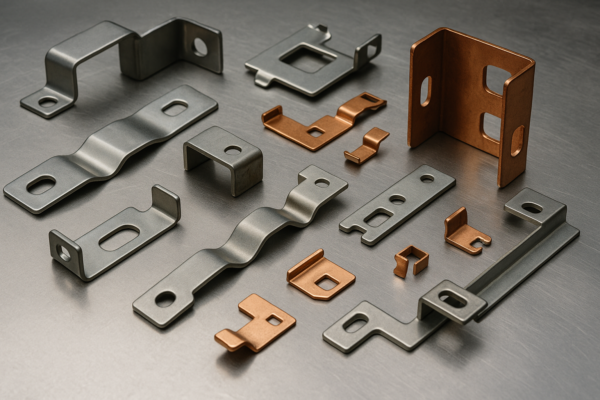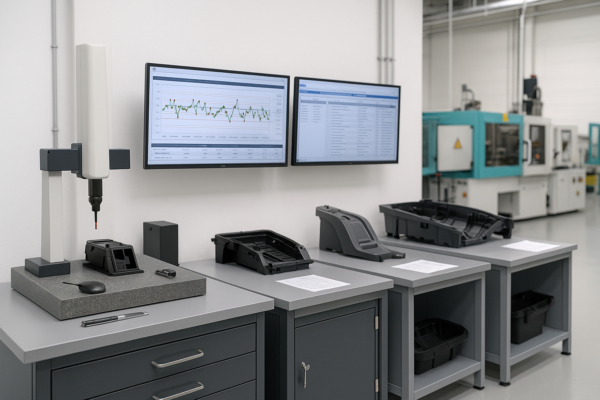What are the 4 structural elements?

In construction and engineering, structural elements are critical components that provide support, stability, and strength to a system or structure. Understanding the four main structural elements helps ensure the design of safe, durable, and functional buildings, vehicles, and machines. Let’s explore these elements and their roles in greater detail.
Snippet paragraph:
The four main structural elements—beams, columns, frames, and supports—are fundamental in ensuring the integrity and safety of a structure or system.
Transition paragraph:
Now, let’s dive into the four structural elements that form the foundation of every major construction project or engineering design.
What are the 4 types of structures?

The four types of structures in engineering and construction typically include: load-bearing structures, frame structures, shell structures, and combination structures. These structures each have unique design principles but rely on core structural elements to ensure their stability.
Snippet paragraph:
The four types of structures—load-bearing, frame, shell, and combination structures—are defined by how they distribute loads and stresses.
Dive Deeper
-
Load-bearing structures: In these structures, walls or supports bear the load of the building or system. They are one of the most common types in residential buildings. The walls act as both the structural and non-structural element, supporting the weight above.
-
Frame structures: These are made up of beams and columns that create a skeleton to support loads. Modern buildings, bridges, and high-rises are often frame structures, where the frame bears the load rather than the walls.
-
Shell structures: Shell structures are designed to bear loads primarily through their shape. Think of the thin shell of a dome or the body of an airplane. These structures use a curved surface to distribute stress effectively.
-
Combination structures: These are hybrid structures that use a combination of the previous three. For example, in large stadiums, you might see load-bearing walls supporting a frame structure, which in turn supports a shell-like roof.
Each structure type relies on key components, and knowing which structure is best suited for a project helps engineers optimize strength and performance.
| Structure Type | Example | Features |
|---|---|---|
| Load-bearing | Residential buildings | Walls carry the load |
| Frame | Skyscrapers, Bridges | Beams and columns carry the load |
| Shell | Domes, Airplane Bodies | Curved design distributes stress evenly |
| Combination | Stadiums, Large Halls | Mixes elements from other structure types |
What are the 4 types of structural members?

Structural members are the individual components that make up the structural elements of a system. There are four primary types of structural members: beams, columns, slabs, and foundations. These components each serve a unique function in supporting loads and ensuring stability.
Snippet paragraph:
The four primary types of structural members—beams, columns, slabs, and foundations—work together to provide the necessary strength and stability to any structure.
Dive Deeper
-
Beams: Beams are horizontal members that bear loads. They transfer the load to columns and walls, allowing for spans between vertical supports. Common examples include the beams of a bridge or the horizontal support in a building’s framework.
-
Columns: Columns are vertical members that carry compressive loads. They transfer the load from the beam to the ground or foundation. Columns are essential for creating multi-story buildings or bridges where weight must be distributed over a larger area.
-
Slabs: Slabs are flat, horizontal structural members that carry loads across their surface. They are most commonly seen as floors and ceilings in buildings. Slabs distribute loads to beams and columns.
-
Foundations: Foundations are the structural members that anchor a building or system to the ground. They provide stability by distributing the weight of the structure evenly across a larger area of soil.
These members are the building blocks of any structure, and their design must be optimized for the specific loads and stresses they will face. Prime, with its years of experience, ensures the production of high-quality, durable structural components, such as beams and columns, that meet international standards.
| Structural Member | Function | Examples |
|---|---|---|
| Beams | Horizontal load-bearing component | Bridge beams, floor beams |
| Columns | Vertical load-bearing component | Building columns, bridge piers |
| Slabs | Horizontal load-distributing component | Floor slabs, roof slabs |
| Foundations | Anchors structure to the ground | Concrete foundations, pilings |
What are the main types of structural elements?

The main types of structural elements are beams, columns, frames, and supports. These elements are fundamental in supporting and maintaining the stability of buildings, machines, and other systems.
Snippet paragraph:
The four main structural elements—beams, columns, frames, and supports—are critical for maintaining the integrity and safety of any system.
Dive Deeper
-
Beams: Beams are horizontal components that bear loads and transfer them to vertical supports. They are commonly used in bridges, buildings, and vehicles. In construction, steel and concrete are often used due to their high strength.
-
Columns: Columns are vertical members that help support beams, floors, and roofs. They transfer the weight from above to the foundation below. They must be carefully designed to handle compressive forces.
-
Frames: A frame is a combination of beams and columns that provides the overall structure. The frame helps distribute loads and gives shape to a building or machine. It is essential for multi-story buildings and large structures.
-
Supports: Supports are essential components that help hold up and stabilize beams, columns, and other parts. They are used in both construction and machinery to ensure the proper distribution of weight.
Prime, as an experienced supplier of metal components like CNC parts, casting parts, and welding parts, produces all these structural elements to meet the highest industry standards. With over 20 years of experience in manufacturing precision parts, we ensure quality, flexibility, and fast delivery.
| Structural Element | Function | Common Applications |
|---|---|---|
| Beams | Horizontal support | Bridges, Buildings |
| Columns | Vertical support | Skyscrapers, Bridges |
| Frames | Combination of beams and columns | Multi-story buildings |
| Supports | Hold up beams, columns, and other components | Machinery, Infrastructure |
What are structural elements 4th grade?

For a 4th-grade level understanding, structural elements are simply the parts that hold up and support everything around us. These parts are like the bones of a building, machine, or vehicle.
Snippet paragraph:
Structural elements are the parts that help hold things up, like beams, columns, and frames. They make sure things stay strong and don’t fall apart.
Dive Deeper
When we talk about buildings or bridges, imagine a skeleton. The bones of the skeleton support the body. Similarly, beams, columns, and supports in a building or bridge help it stand tall and strong.
Here are some basic structural elements explained simply:
- Beams: These are like the big, strong bars that go across to hold up roofs or floors.
- Columns: Columns are like tall poles that help hold the beams up.
- Frames: A frame is like the outer shape of a building, made up of beams and columns.
- Supports: Supports are like extra helpers that keep everything steady and in place.
These elements are found everywhere in the world around us, from houses to playgrounds, making sure everything stays safe and stable.
Conclusion
In summary, the four main structural elements—beams, columns, frames, and supports—are essential to ensuring the safety and stability of any structure. These components provide the necessary support for buildings, bridges, machines, and more. Whether you’re constructing a skyscraper or designing a machine, understanding these elements is crucial. At Prime, we provide high-quality structural components that meet global standards, ensuring your projects are built to last.







